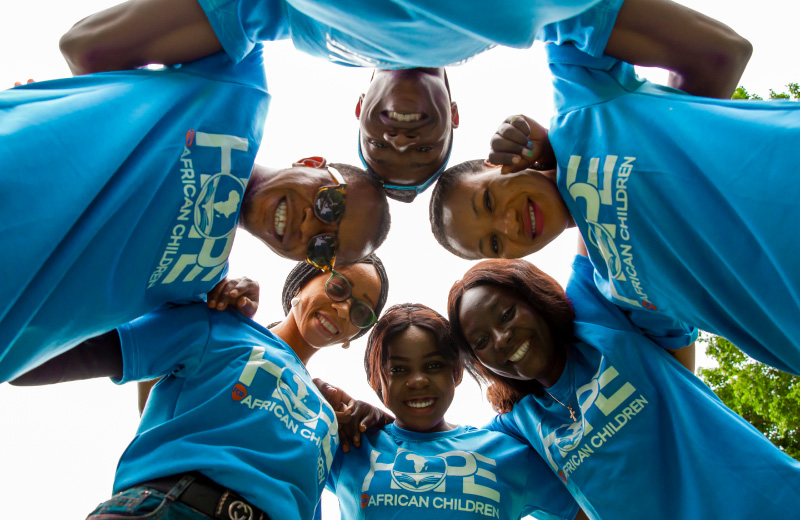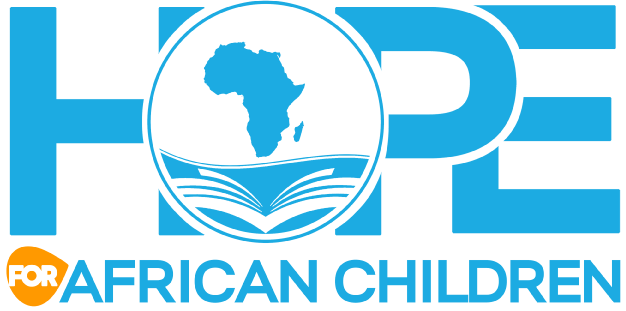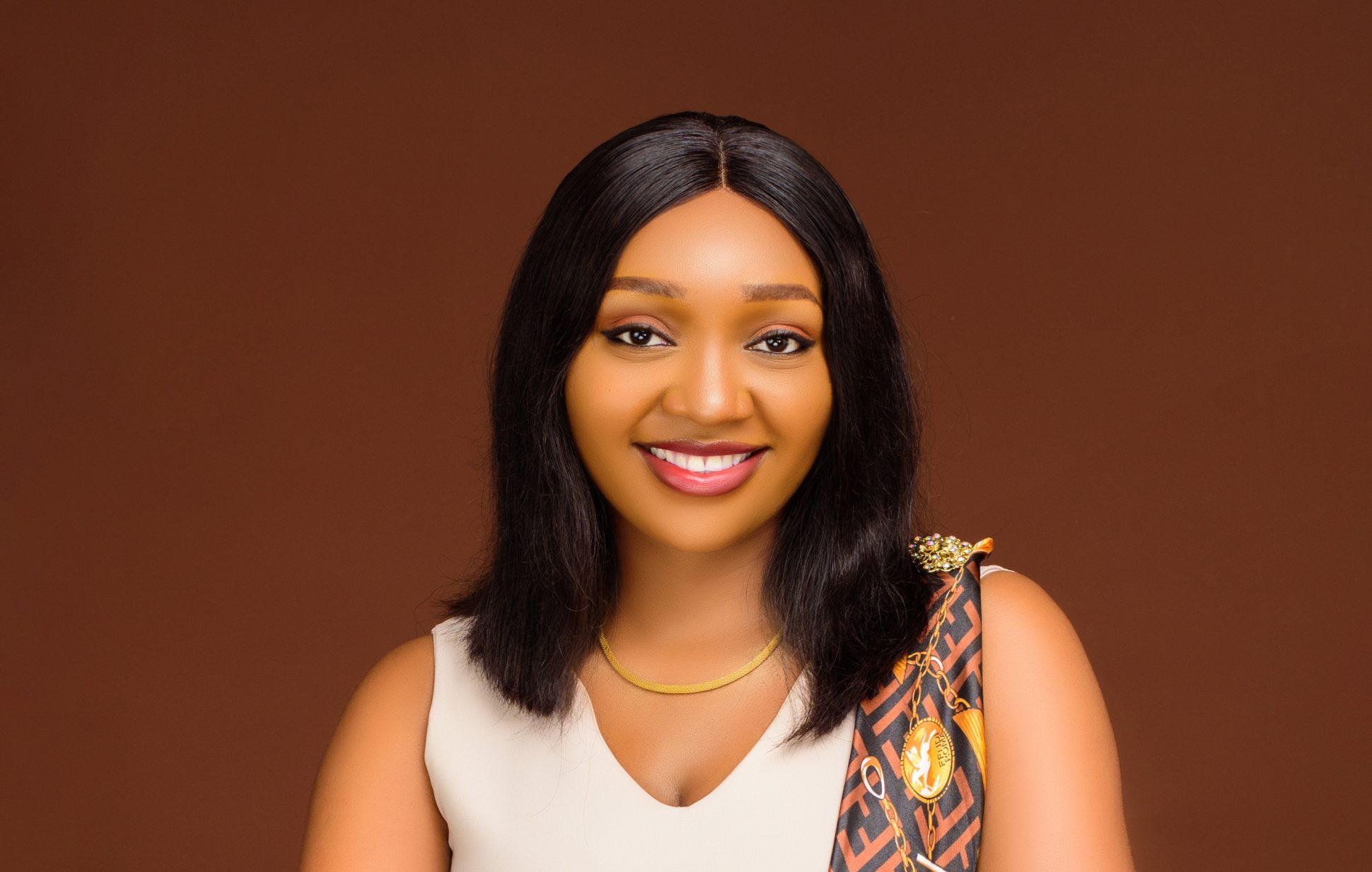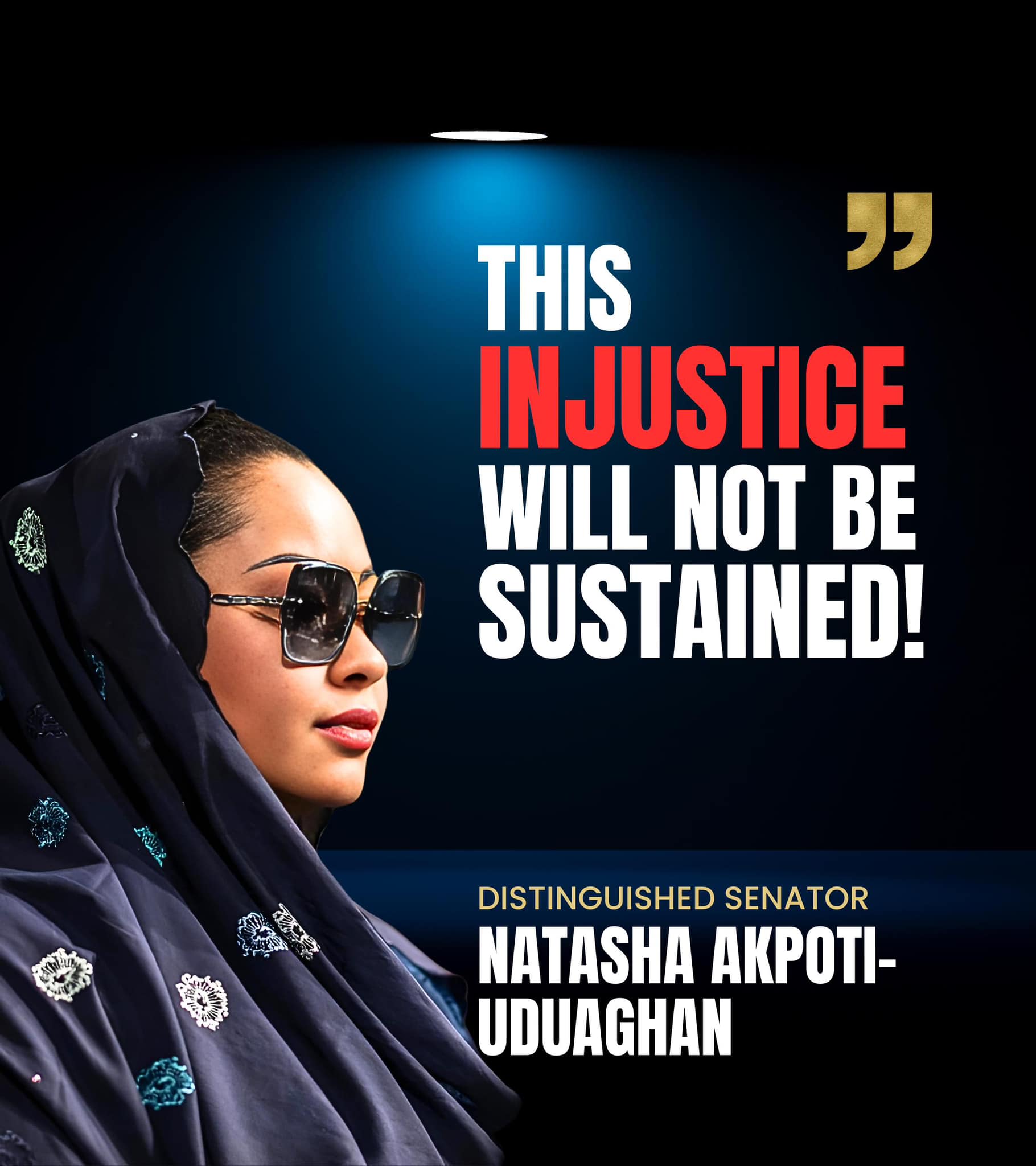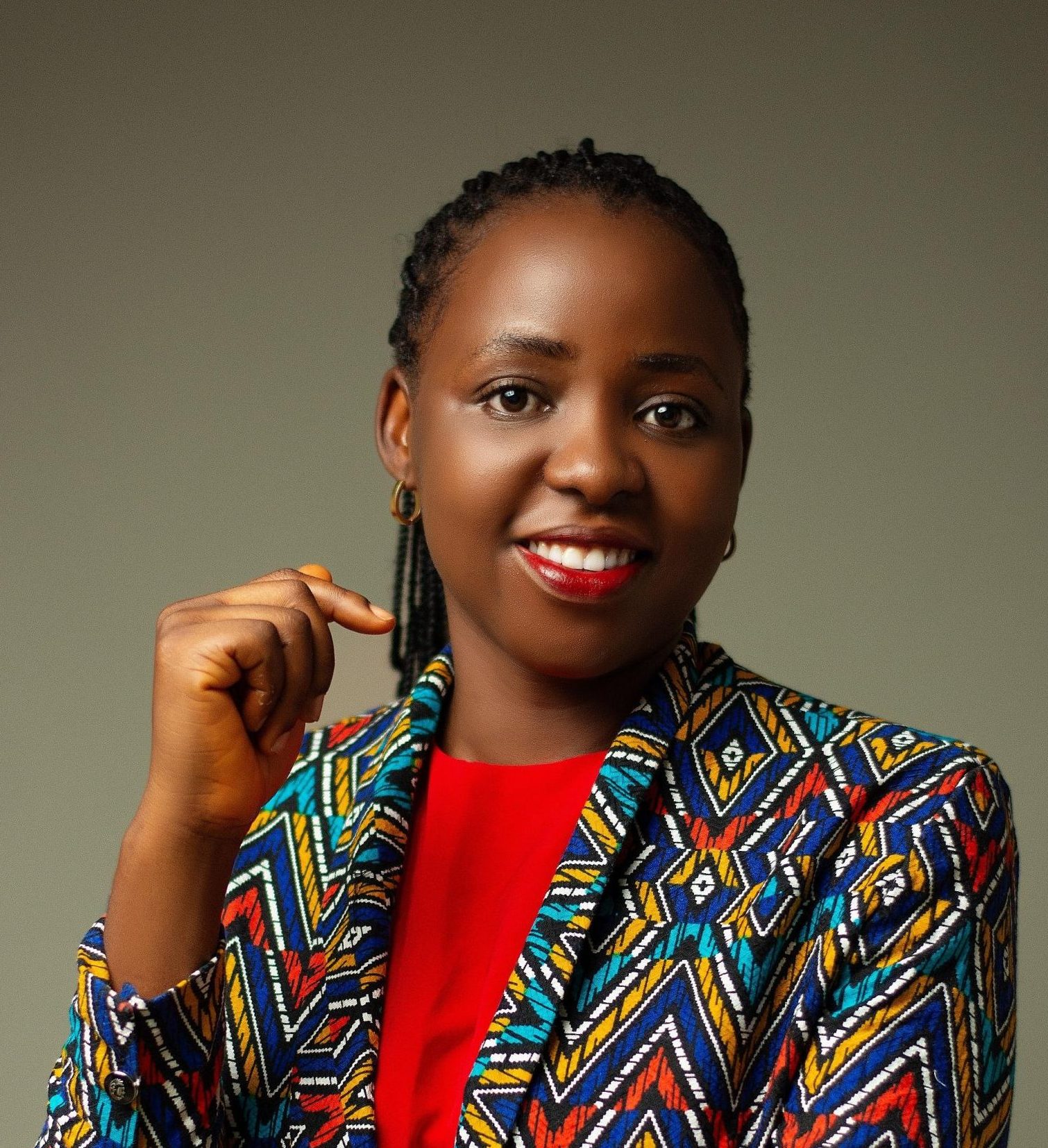Why Children with Disabilities
Throughout Africa, an estimated one in three out-of-school children have a disability, and less than 10% of children with a disability are in primary education. In some countries, only 13% receive any form of education. The World Health Organization and the World Bank estimate that in some African countries “being disabled more than doubles the chance of never enrolling in school”. We're changing this stat, one child at a time.
There are many barriers to learning for children with disabilities
One significant barrier is the physical inaccessibility of school buildings and the lack of teacher training and resources to accommodate the needs of students with disabilities. Limited resources also contribute to the exclusion of children with disabilities, as schools struggle to adapt teaching materials and lack data on disability rates.
Cultural barriers pose another significant challenge. Negative attitudes towards people with disabilities can lead to bullying, abuse, and exclusion from school. The stigma associated with disability in Africa also negatively impact students’ self-esteem and academic performance.

When people with disabilities get a quality education, they are enabled to take up key positions in their communities, challenging stigmas and changing negative attitudes about their abilities.
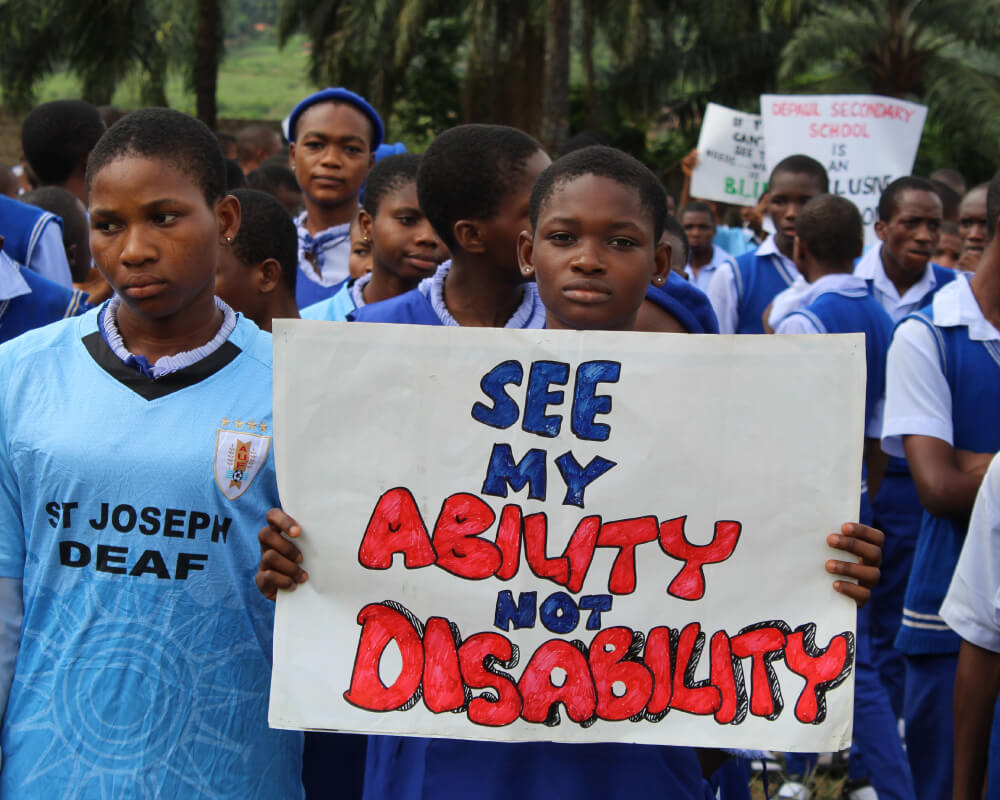
We are breaking down these barriers, one child at a time
At HOPE, we’re breaking down these barriers by empowering children with disabilities through education, teacher professional development, direct supports to students and their families, and by influencing government policies. By investing in their well-being and education, we create a brighter future for them, their families, and Africa as a whole.
We don’t simply believe that all communities have the power to end this hopelessness for children with disabilities — we work with these families and communities making it a reality every day. We do this because we believe that the future is female and the differently abled.
Why invest in children with learning disabilities?

Better Representation
Supporting children with learning disabilities now helps to build a more inclusive and diverse society in the future.
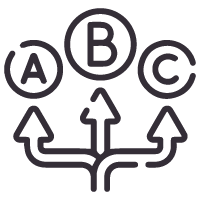
Equal Access to Opportunity
Every child deserves the opportunity to reach their full potential, regardless of their learning abilities.

Higher Quality of Life
Early intervention and support for children with learning disabilities can significantly improve their quality of life, self-esteem and independence.
Led by Our Values

Collaboration
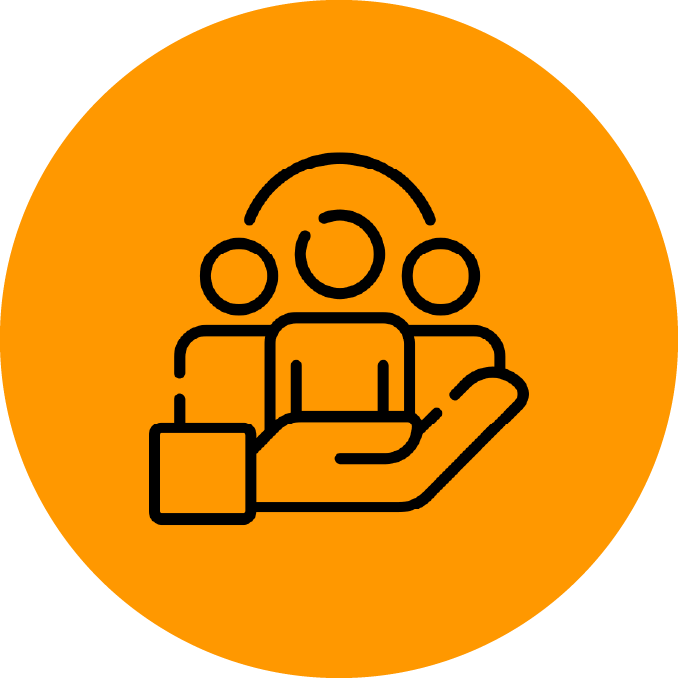
Inclusion
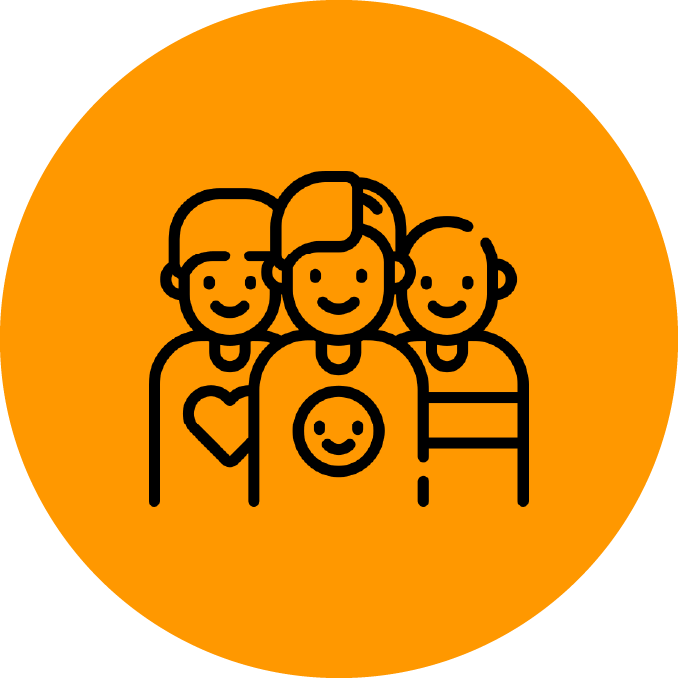
Community-centered
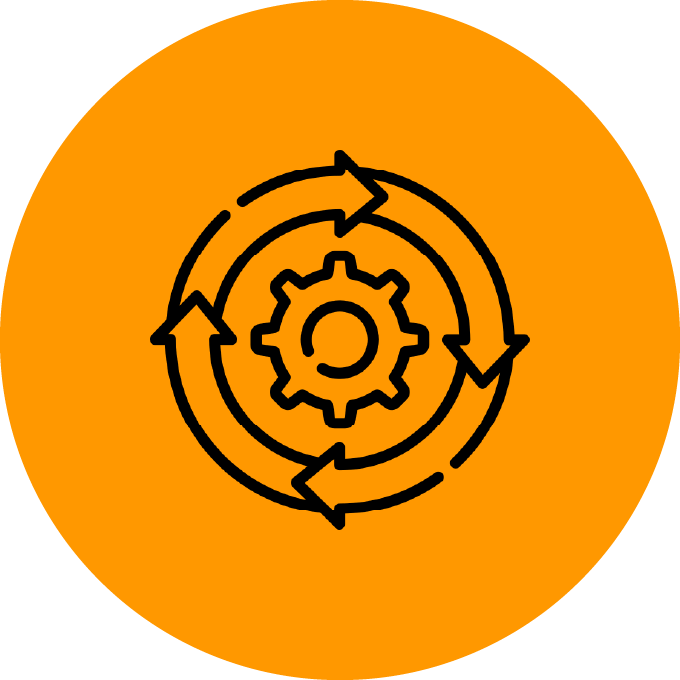
System-driven
